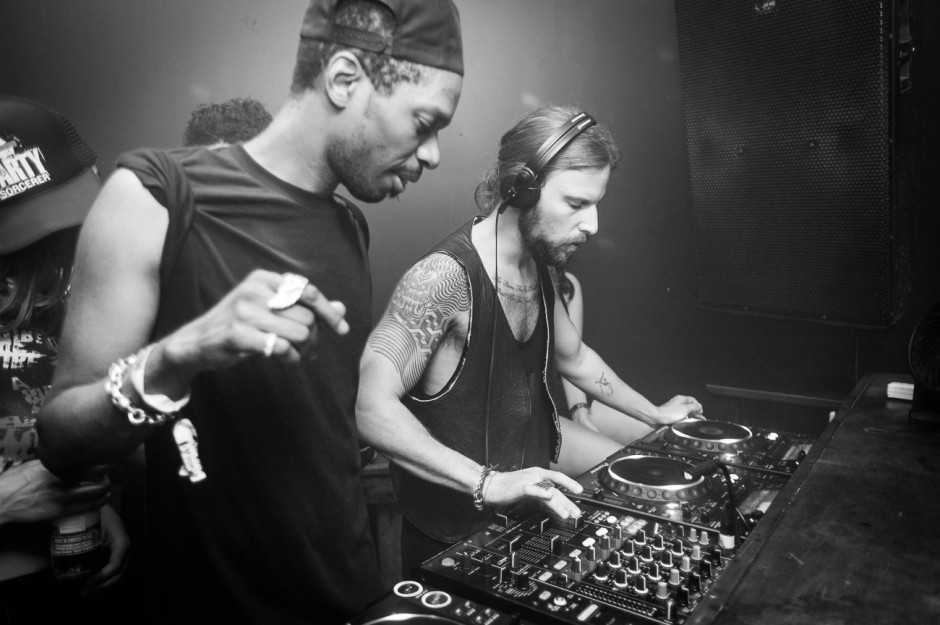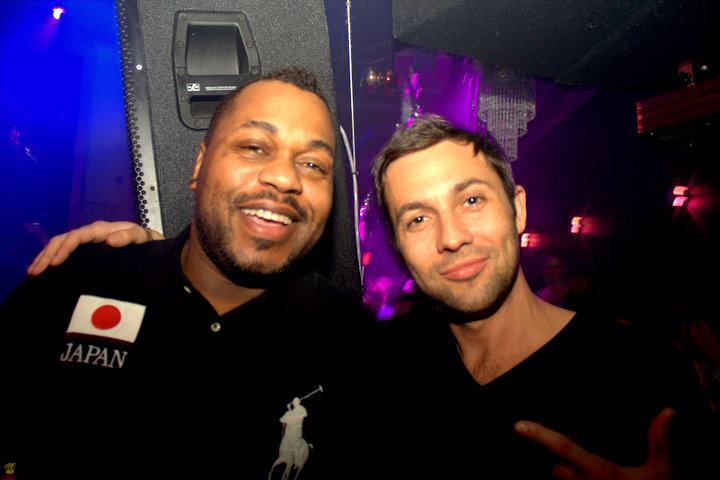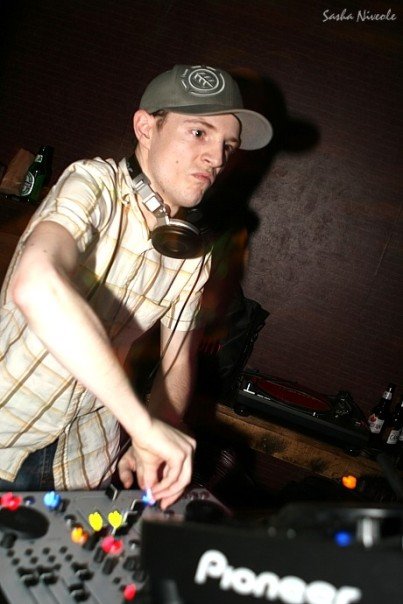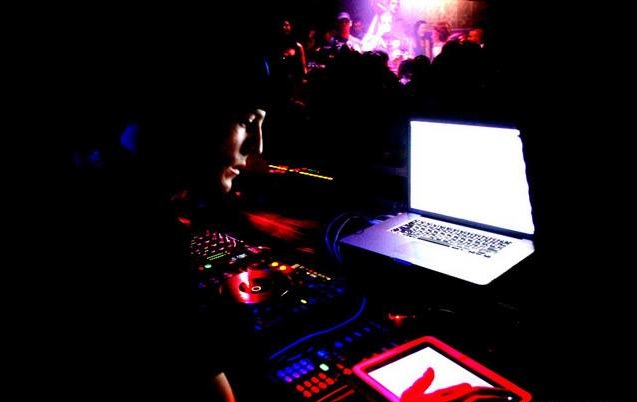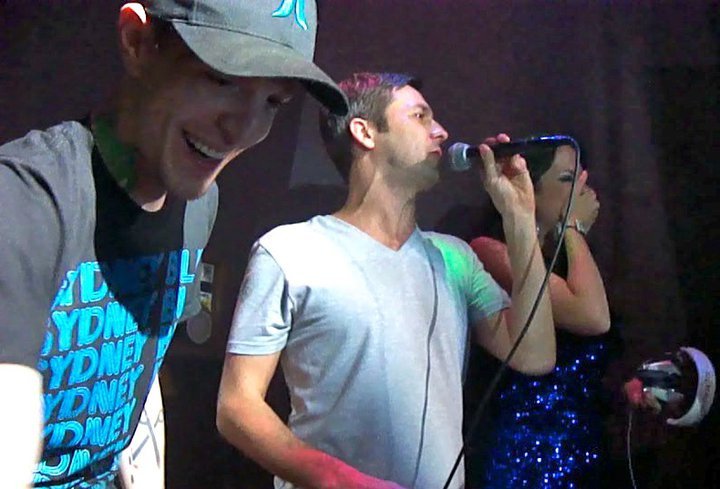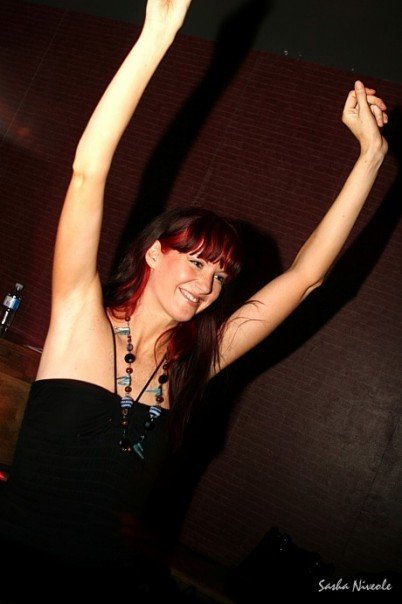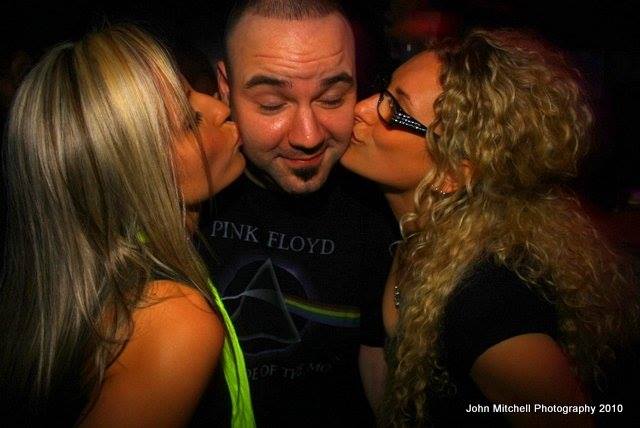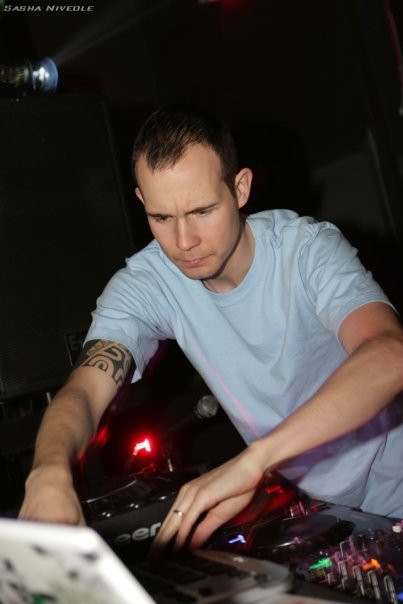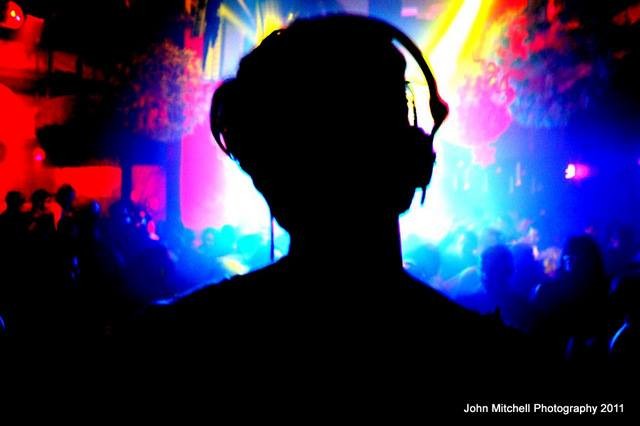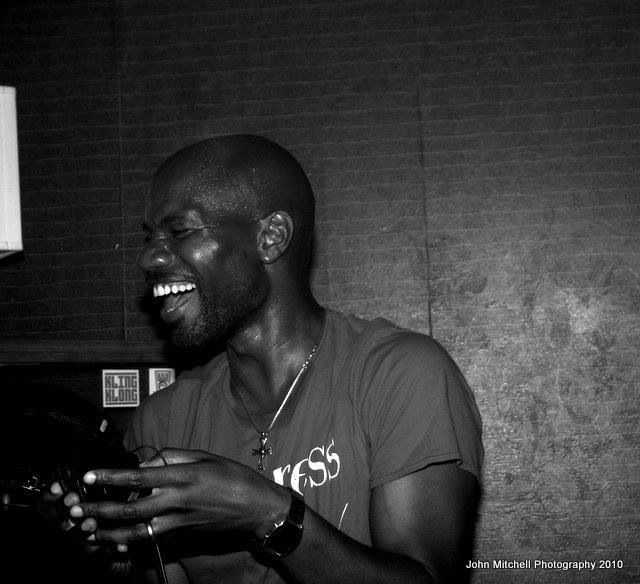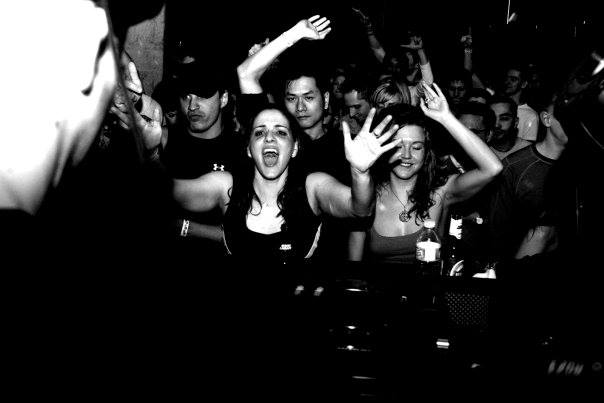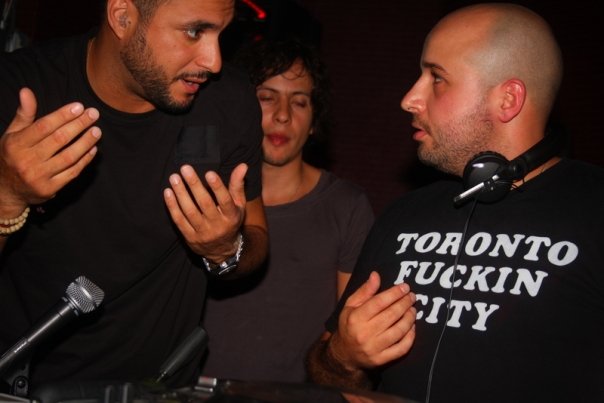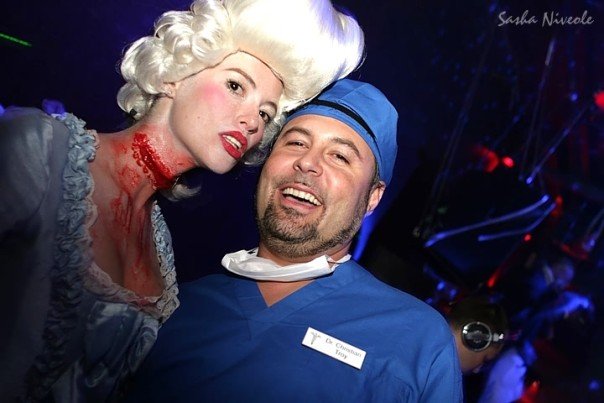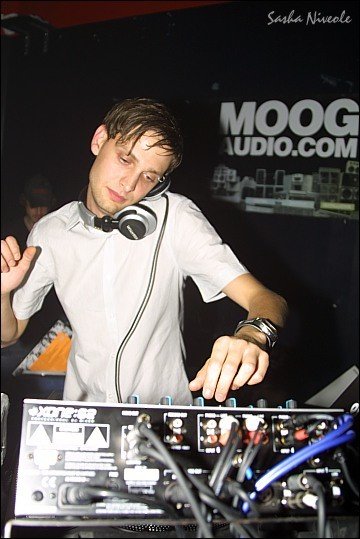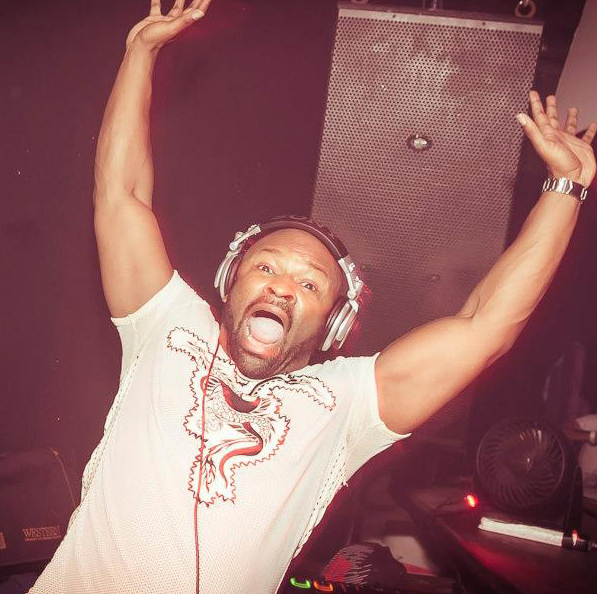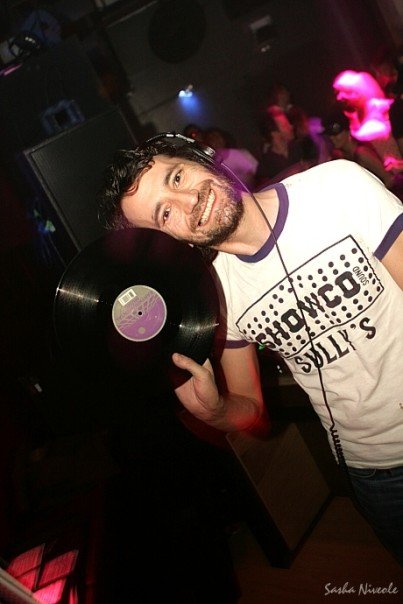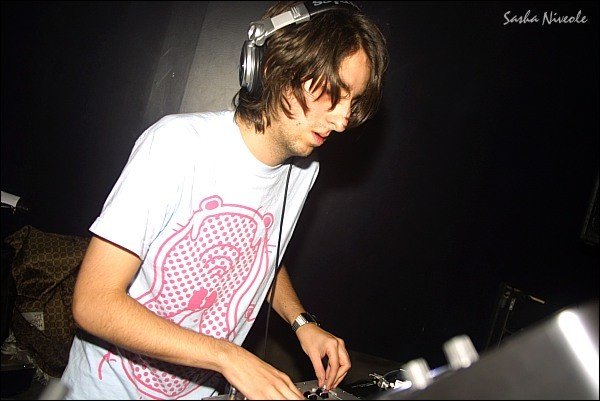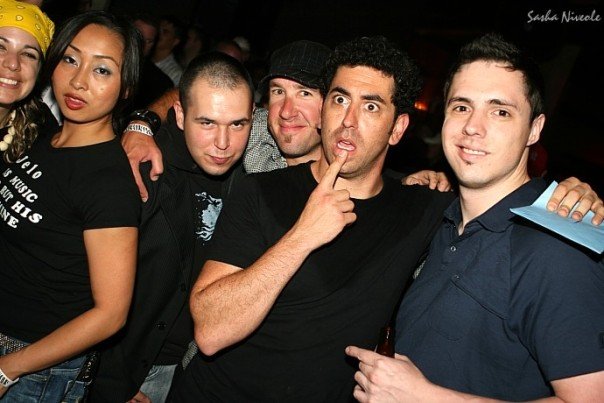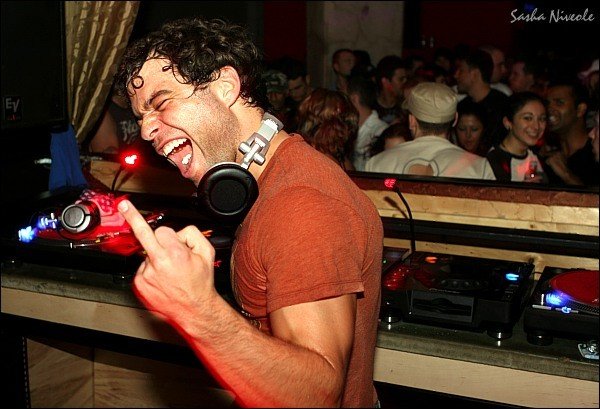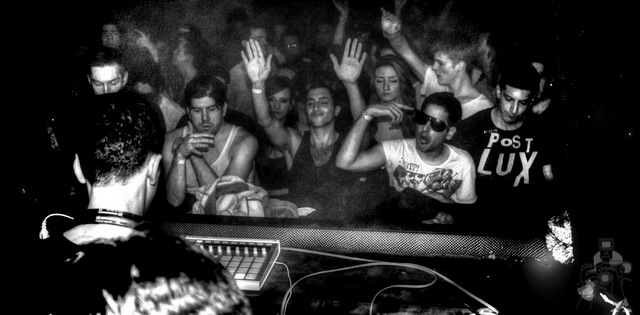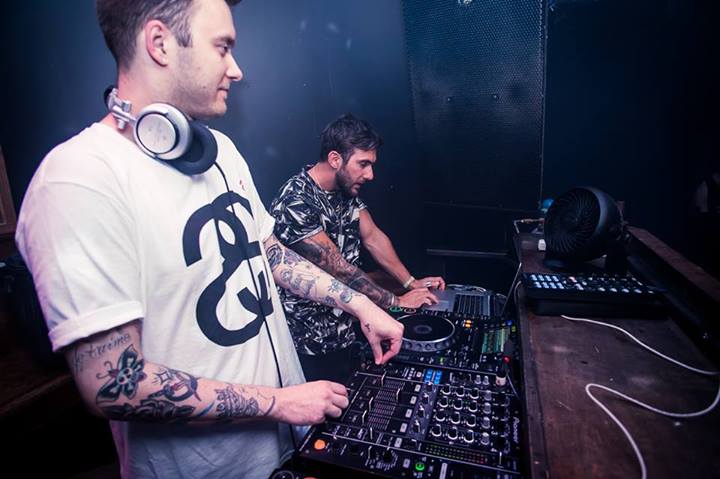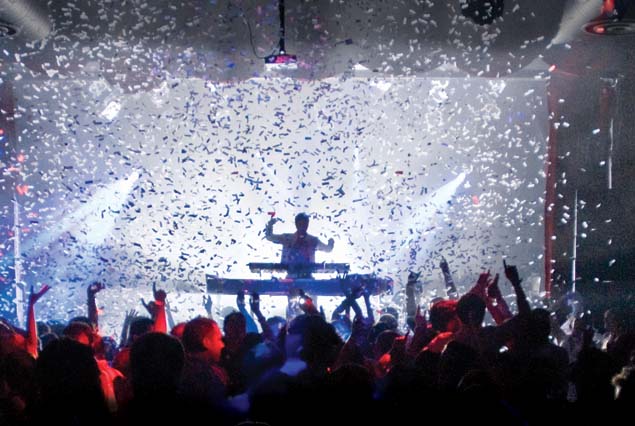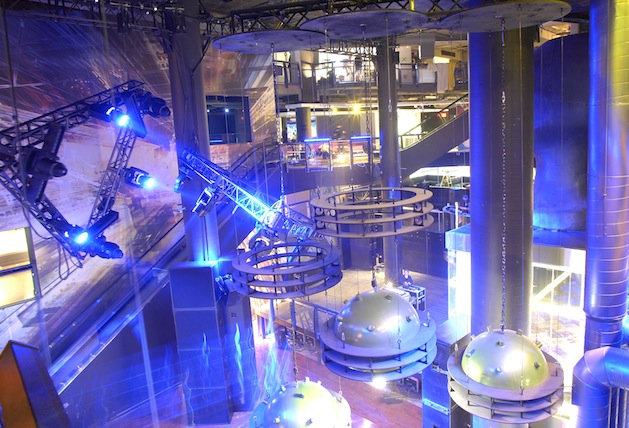Click through the photo gallery for a look at some of the many DJs who graced Footwork’s booth.
Article originally published February 11, 2014 by The Grid online (thegridto.com).
In the face of King West’s rampant condo-ization and nightclub-ificaiton, this beloved, recently shuttered basement venue held it down for underground sounds—and continues to do so at a newly opened space in the Annex.
BY: DENISE BENSON
Club: Footwork, 425 Adelaide W.
Years in operation: 2005-2013
History: The story of one of this city’s most beloved, internationally recognized house and techno clubs begins with the unlikely pairing of two men raised on rock.
Hamilton native Joel Smye was a long-haired fan of bands like Pearl Jam and Rage Against the Machine until his parents sent him to Switzerland to complete high school. While there, he also got an education in rave. By 1997, he hit up massive Toronto parties each weekend, and taught himself to DJ. As Baby Joel, he would become known for his love of funky Chicago house.
Originally from Ottawa, Stephan Philion moved to Toronto 11 years ago, already experienced in the hospitality industry, and in throwing house parties, which were largely a means to accumulate sound and lighting gear. He had a lean toward Britpop and grunge until party promoter and friend Gairy Brown took Philion to Fly Nightclub, where he fell for dance music.
Smye and Philion met in the early 2000s, while waiters at Brassai. The two talked music. Philion got to hear Smye DJ, loved his take on house, and invited the DJ to check a club sound system that was just gathering dust at the time.

